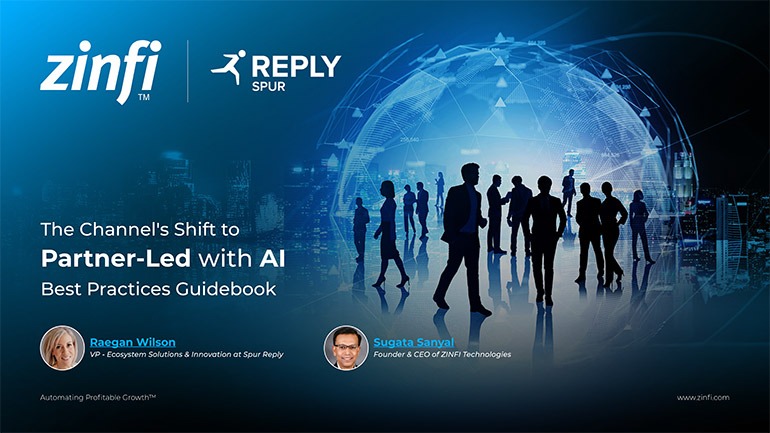Best Practices Articles

Redefining Managed Services: The 20 MSP’s Blueprint for Exponential Growth
The Information Technology (IT) industry's landscape has profoundly transformed over the past few decades. What began as a transactional "break-fix" model has evolved into the sophisticated, proactive realm of Managed Service Providers (MSPs). Tim Conkle, founder and CEO of The 20 MSP, leads this revolution, and his journey from struggling IT entrepreneur to visionary offers a compelling blueprint for exponential growth in the Managed Service Provider space. This article explores Conkle's philosophy, The 20 MSP's unique business model, and the transformative power of collaboration and standardization in building a national IT powerhouse.
🎥 Watch the Full Video Podcast
From Struggle to Strategy: The 20 MSP's Genesis
Tim Conkle’s path to redefining managed services began with personal struggles prevalent to many early MSPs. For the first 18 years, his company, Roland Technology, struggled to grow. Conkle identifies marketing, specifically generating consistent leads, as the primary challenge—the "Achilles heel." While he excelled at sales once in front of a prospect, securing those initial appointments proved a constant battle.
Marketing Challenges: The Achilles Heel of Growth
Conkle’s breakthrough came after five years of refining one “oil well”: Google pay-per-click. This discovery dramatically changed his company's trajectory, leading to rapid growth. Others in the industry observed his success and sought his guidance. Conkle initially taught hundreds of MSPs how to replicate his lead generation campaigns, watching their phones ring and appointments materialize. This initial success, however, revealed two additional, critical problems: sales conversion and operational scale.
The Three-Legged Stool: Lead Gen, Sales, and Scale
Conkle recounts instances where MSPs, despite generating numerous leads, failed to close deals or experienced significant revenue growth without a corresponding profit increase due to unsustainable operational structures. This led him to develop his "three-legged stool" philosophy: successful MSPs must master lead generation, sales execution, and operational scale. Conkle argues that all other aspects, like tools and technical knowledge, are already widely available. The fundamental building blocks of a sustainable MSP business model—the ability to consistently acquire, convert, and profitably serve customers—often remained missing. This realization sparked the creation of The 20 MSP, conceived on a whiteboard 13 years ago, to address these core business deficiencies.
The Paradigm Shift: From Break-Fix to True Managed Services
The IT channel's evolution from simple hardware sales and break-fix services has been profound. Decades ago, partners thrived on hardware margins and rebates. However, national e-tailers and direct shipping eroded these margins, forcing partners to adapt. The industry's push towards managed services directly responded to this economic pressure.
The Flawed Break-Fix Model
Conkle vividly explains the fundamental flaw in the break-fix model: goal misalignment. A customer primarily wants their IT systems "just to work." Conversely, a break-fix company’s revenue depends on systems breaking. This creates an inherent conflict of interest. The industry's initial move to "MSP stuff" often involved charging a monthly fee but retaining "out-of-scope" components, essentially a disguised break-fix.
Embracing True Flat-Rate: Perfect Goal Alignment
The 20 MSP, however, pioneered a "true flat-rate" model where customers cannot purchase labor separately, and no break-fix component exists. In this model, The 20 MSP makes more money only if the customer's systems work "really, really well." This creates perfect goal alignment. Conkle believes the entire industry will eventually adopt this model. He critiques traditional hourly charging, which caps an MSP's earning potential at their hourly rate. In contrast, a flat-rate model allows for "reverse leverage"—the more efficiently an MSP manages a client's environment, the higher their effective hourly rate becomes, thus increasing their profitability. This shift is not just about service delivery; it’s about establishing long-term value through contractual recurring revenue, which proves crucial for company valuation.
The Evolution of Value: Beyond Hourly Rates
Historically, the IT industry matured on the service side but lagged on the business side. Most IT companies possess technical proficiency and can manage networks and ensure security. However, they often show weakness in understanding business numbers, leveraging capital, and creating company value. Despite this internal gap, the outside world, particularly private equity (PE) firms and large corporations, began to recognize the "gold mine" in the fragmented MSP industry due to its recurring revenue streams, similar to those of SaaS companies. This external recognition has driven significant investment and consolidation, with outsiders often "mining the gold" due to their business acumen. This highlights the critical need for Managed Service Providers standardization and a more business-centric approach within the industry.

The "Better Together" Philosophy: Unlocking Collective Power
Conkle’s "better together" philosophy defines The 20 MSP's identity, rooted in the Pareto principle, or the 80-20 rule. He refers to members as "20 percenters"—the high-performing individuals who produce 80% of the results. The industry becomes stronger and more resilient against external pressures by uniting these top performers. This collaboration directly counters the historical fragmentation that allowed external entities to "fleece the flock" and extract value that MSPs were not leveraging.
Standardization in Reverse: Building a National Footprint
"Standardization in reverse" is a key element of The 20 MSP's collective growth MSP model. Instead of a large firm acquiring smaller ones and imposing its standards, The 20 MSP provides the framework and expertise that enables numerous smaller MSPs (typically 5-10 people, where inefficiency is rampant due to everyone performing every role) to adopt a unified operational model. This means standard tools, contracts, SLAs, and delivery methods. The brilliance lies in taking what 10 individual MSPs might do 10 different ways and consolidating it into one efficient, shared process.
Operational Efficiency Through Shared Services
This standardization allows The 20 MSP to build a "national footprint" without direct acquisitions. Members can access shared services like a 24/7/365 US-based live answer help desk, which individual small MSPs could never afford or staff. This pooling of resources creates immense IT outsourcing benefits, allowing smaller entities to deliver enterprise-level services. Furthermore, operating within the same system means consistent ticket numbers and standardized processes, effectively creating a "complete workforce in reverse." This contrasts sharply with typical PE firm roll-ups, where integrating acquired companies involves costly and time-consuming re-training and tool migration. The 20 MSP's model allowed for the acquisition and full integration of 37 companies in just 27 months, with each integration completed in less than 60 days, demonstrating unparalleled efficiency.
The 20 MSP's Unique Value Proposition
The 20 MSP empowers its members to punch far above their weight class. By leveraging The 20's ecosystem, a five-person MSP gains the capabilities and resources typically associated with a $100 million MSP. This includes access to 24/7 help desks, specialized project teams, and a streamlined operational structure that separates field services and projects from help desk functions.
Delivering Enterprise-Level Service for SMBs
The ideal client for The 20 MSP typically consists of a company with 50 to 1,000 employees, or one with more than five locations. Conkle argues that companies of this size, and even smaller ones with 30 employees, greatly benefit from outsourcing their IT, as it offers cheaper service, better quality, and access to more diverse experience than an in-house solution. The perceived complexity difference between a 10-user and a 1,000-user network remains a myth; the fundamental infrastructure (firewalls, switches, servers) stays the same, only the number of users and applications changes. This insight allows for a standardized approach that benefits all clients, regardless of size, ensuring consistent security and service levels. The ability to offer comprehensive security solutions, for instance, without differentiating between small and large businesses, represents a critical managed services transformation.
Rapid Integration: Acquiring Companies with Speed
The 20 MSP's internal structure and standardization also contribute significantly to its rapid growth through acquisition. The seamless integration of newly acquired companies within 60 days testifies to the consistency of their operational model. This highlights the efficiency of their MSP network effect, where each new member strengthens the overall service delivery capabilities and market reach without the typical integration headaches experienced by traditional roll-ups.

The Exponential Value of Unity
Conkle’s ultimate vision for The 20 MSP revolves around creating exponential value for its members. He challenges the traditional mindset of Managed Service Providers owners, who often cling to being a "king" of their small domain rather than a "wealth creator" within a larger, more profitable ecosystem. This ego can be the most significant barrier to growth, as it prevents owners from embracing necessary changes and trusting a collective path.
Beyond Individual Efforts: The Collective Advantage
Conkle illustrates the power of unity with an example: 50 MSPs, each averaging $1 million in revenue and valued at a 5x multiple, total $50 million collectively. By unifying under The 20 MSP model, this collective value could instantly double to $100 million, without any operational changes, by overcoming individual ego and embracing shared ownership. This demonstrates the profound impact of The 20 MSP’s IT channel evolution strategy. Conkle openly admits his motivation to make significant money, but emphasizes achieving this by guiding members to a better place through a willingness to share, contrasting with typical industry greed. The initial six companies that joined The 20 MSP and took 60% cash upfront found their remaining 40% stake eventually surpassed the initial value of their entire company, reaching a 20x multiple—a direct result of being "together" versus "separate."
Building Long-Term Equity and Financial Freedom
The dream Conkle sells extends beyond better tennis shoes; it encompasses financial freedom and ownership over one's time. He frames working for a dollar as "modern day slavery" and suggests that proper leverage, gained through the MSP model and collaborative growth, breaks this curse. The 20 MSP provides a different path for an industry often struggling to build sustainable businesses, leading members to a "really cool dream" of significant wealth and autonomy.
Conclusion
Tim Conkle and The 20 MSP have built a successful company and forged a revolutionary blueprint for the Managed Service Provider industry. They have unlocked exponential growth and unprecedented value by addressing the fundamental challenges of lead generation, sales, and scale through an accurate flat-rate model, fostering standardization, and championing a "better together" philosophy. Their approach testifies to the power of collaboration over competition, the importance of a business-first mindset, and the transformative potential of unity in an otherwise fragmented market. For any Managed Service Provider aspiring to scale beyond traditional limitations, The 20 MSP offers a compelling vision for a future defined by collective success, operational excellence, and significant financial prosperity.
Best Practices Guidebook
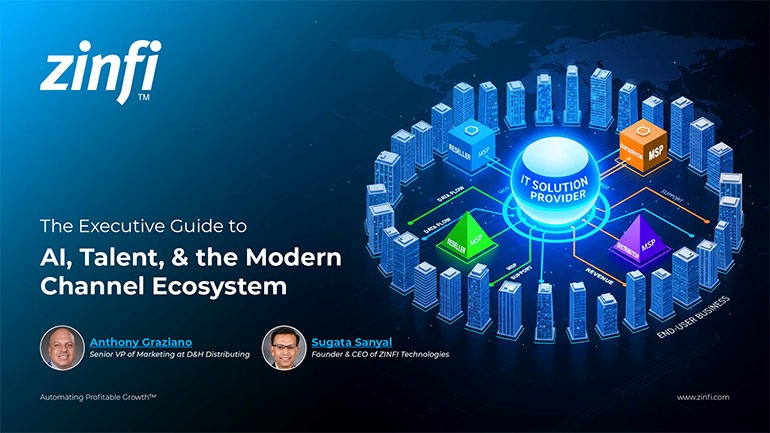 Modernizing Channel Marketing: AI and Ecosystem Enablement Best Practices
Modernizing Channel Marketing: AI and Ecosystem Enablement Best PracticesDownload for FREE
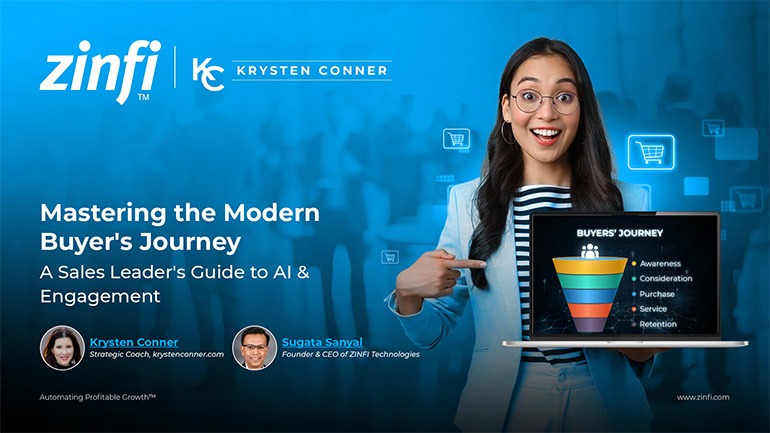 The Channel’s Shift to Partner-Led With AI Best Practices
The Channel’s Shift to Partner-Led With AI Best PracticesDownload for FREE
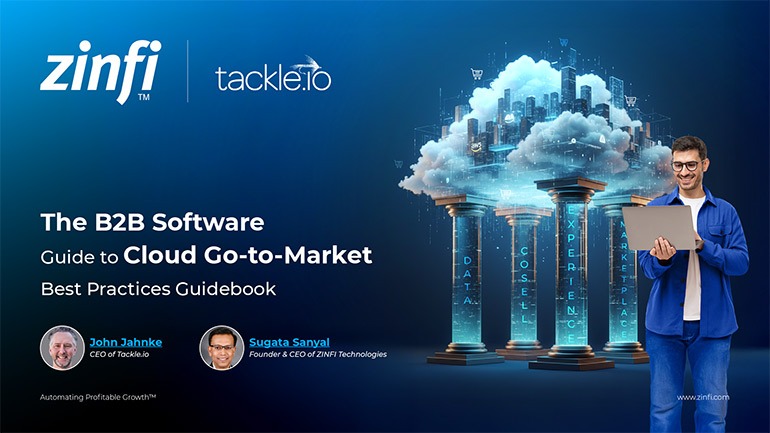 Hyperscalers, ISVs, and AI: Shaping the Future of B2B Software Distribution
Hyperscalers, ISVs, and AI: Shaping the Future of B2B Software DistributionDownload for FREE
 Definitive Guide to a Partner Ecosystem-First Sales Strategy
Definitive Guide to a Partner Ecosystem-First Sales StrategyDownload for FREE
 The Partner-Led Digital and AI Transformation Best Practices
The Partner-Led Digital and AI Transformation Best PracticesDownload for FREE
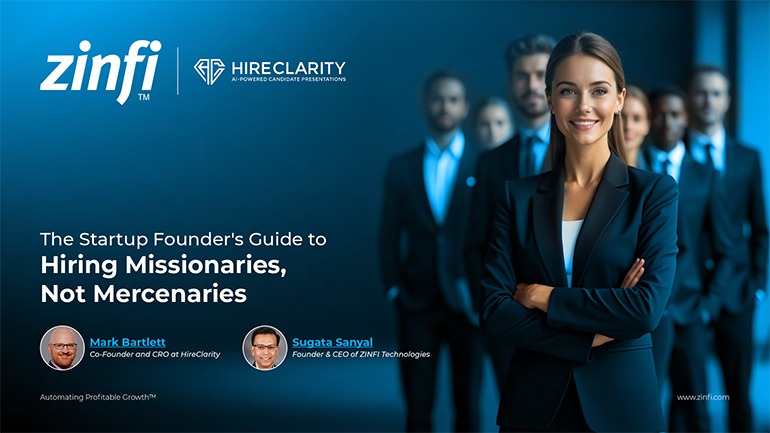 Startup Talent Recruitment: Hiring Missionaries, Not Mercenaries
Startup Talent Recruitment: Hiring Missionaries, Not MercenariesDownload for FREE
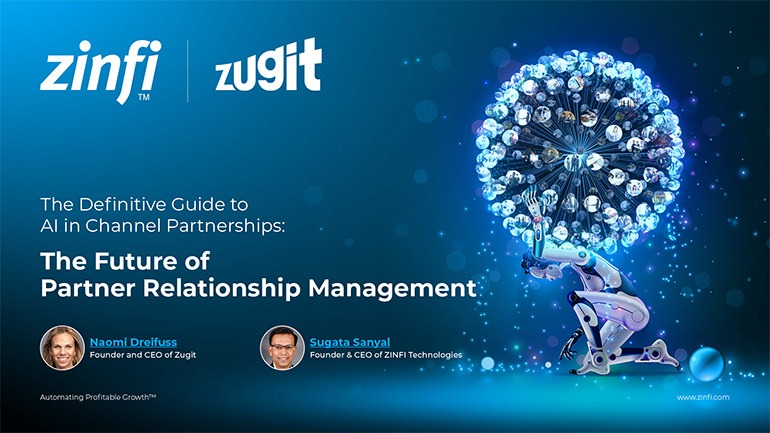 The Future of Partner Relationship Management with AI in Partnerships
The Future of Partner Relationship Management with AI in PartnershipsDownload for FREE
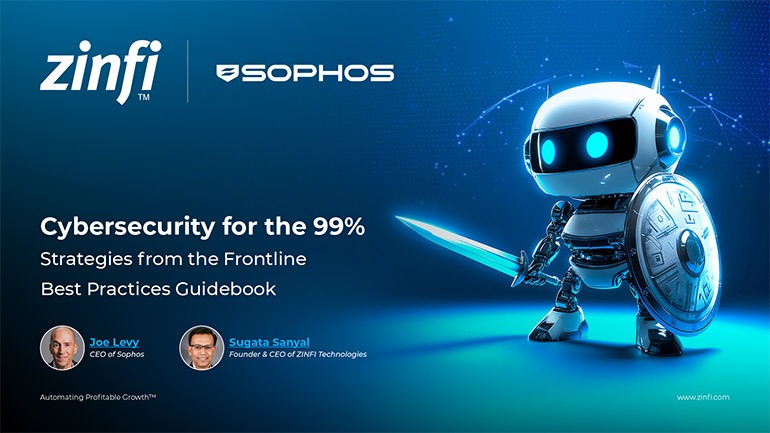 Cybersecurity for the 99%: Strategies from the Frontline
Cybersecurity for the 99%: Strategies from the FrontlineDownload for FREE
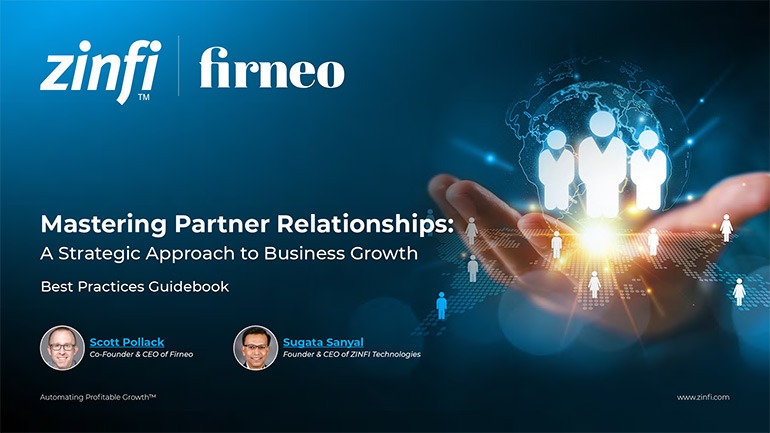 Mastering Partner Relationships: A Strategic Approach to Business Growth
Mastering Partner Relationships: A Strategic Approach to Business GrowthDownload for FREE
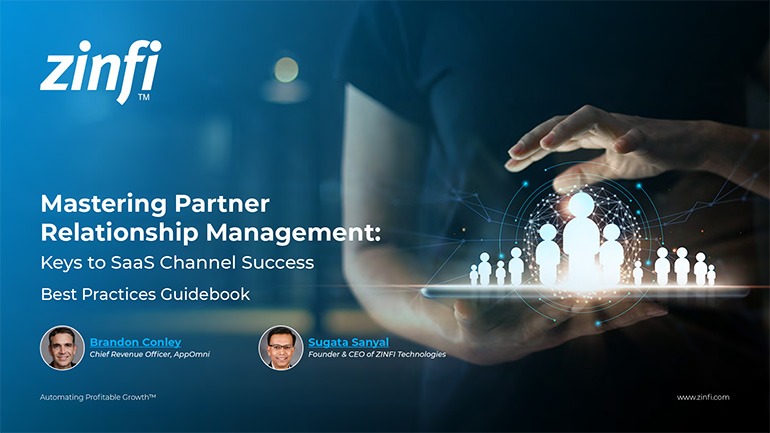 Mastering Partner Relationship Management: Keys to SaaS Channel Success
Mastering Partner Relationship Management: Keys to SaaS Channel SuccessDownload for FREE
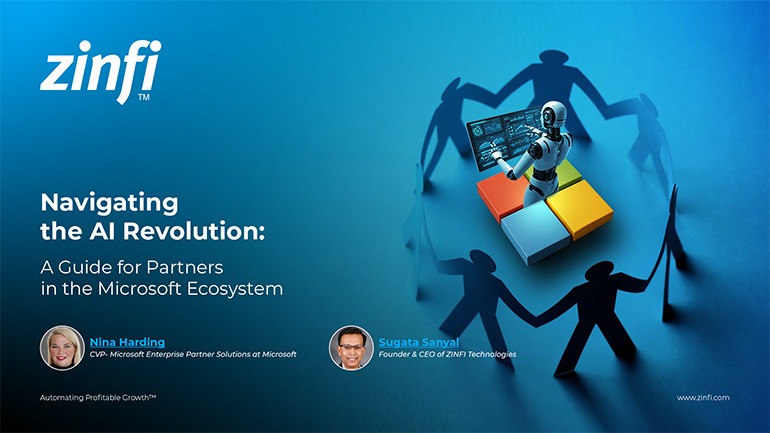 Navigating the AI Revolution: Guide for Partners in the Microsoft Ecosystem
Navigating the AI Revolution: Guide for Partners in the Microsoft EcosystemDownload for FREE
 Mastering the Modern Buyers Journey: Sales Leader’s Guide to AI & Engagement
Mastering the Modern Buyers Journey: Sales Leader’s Guide to AI & EngagementDownload for FREE

